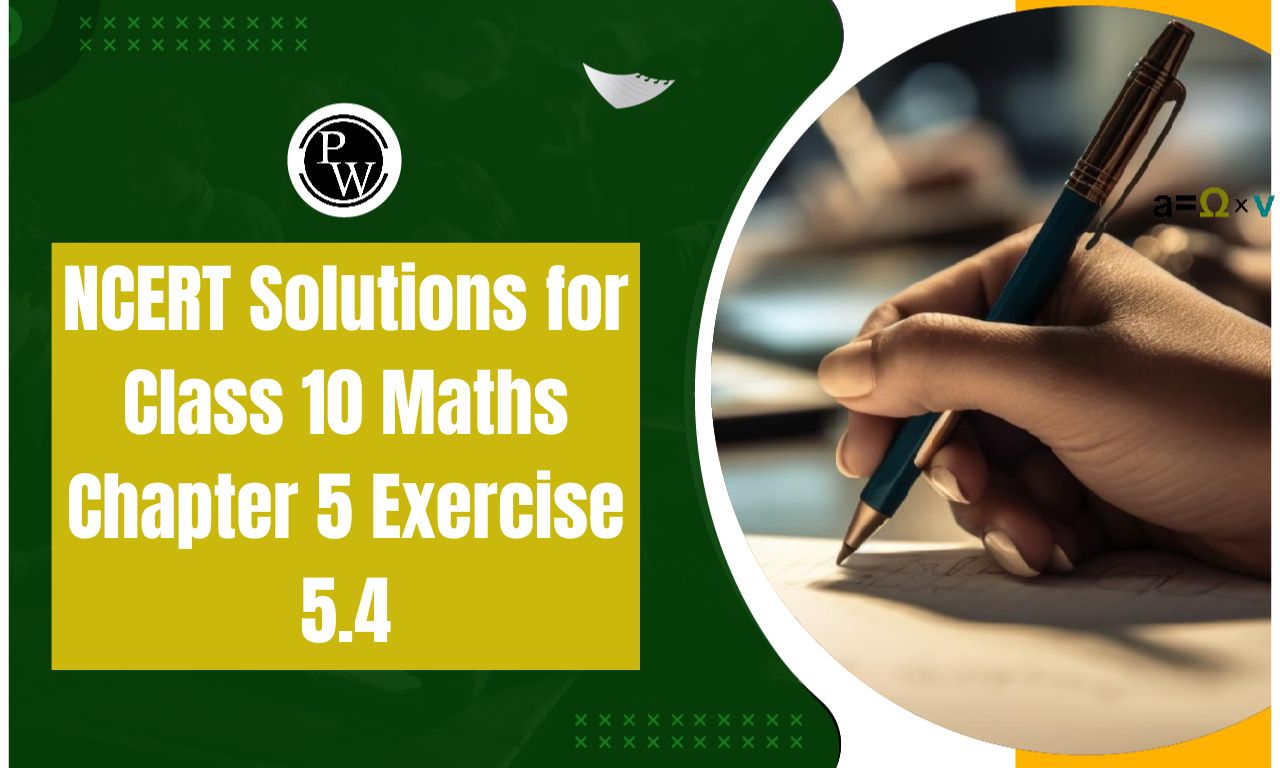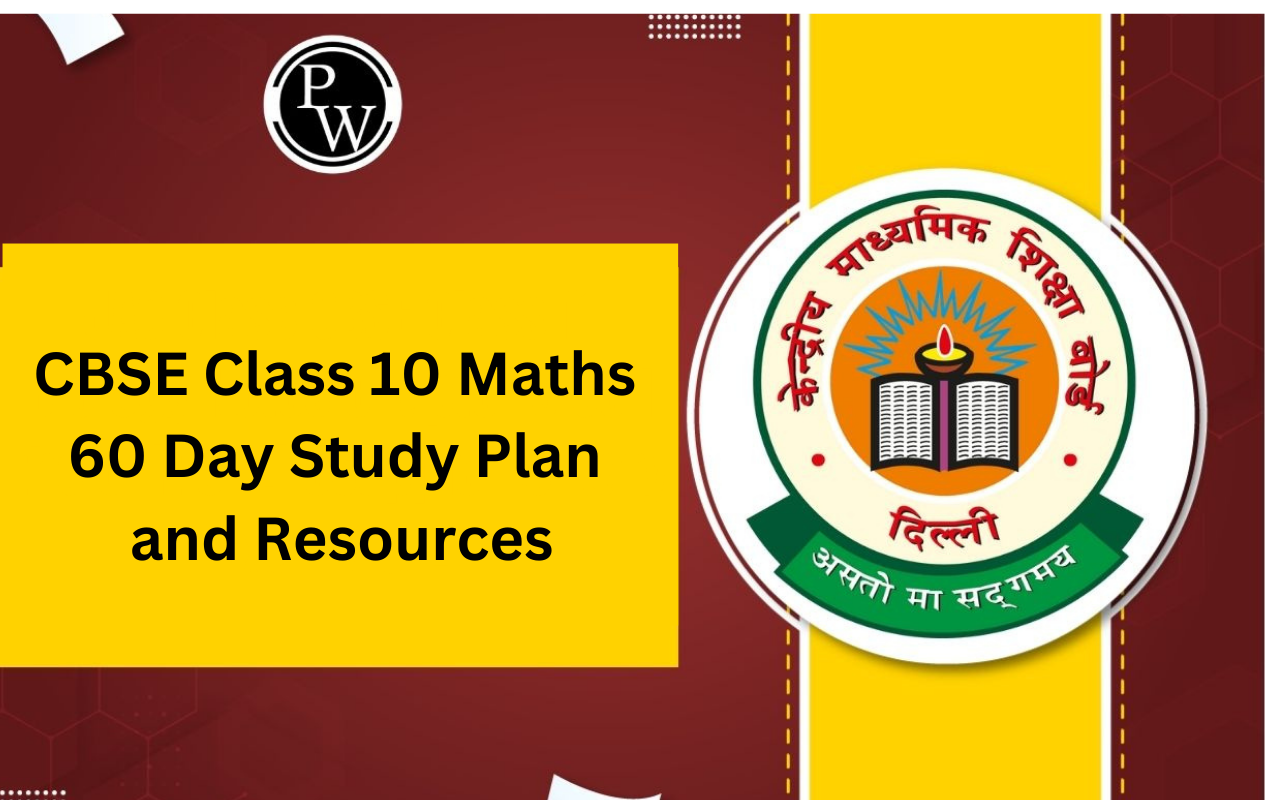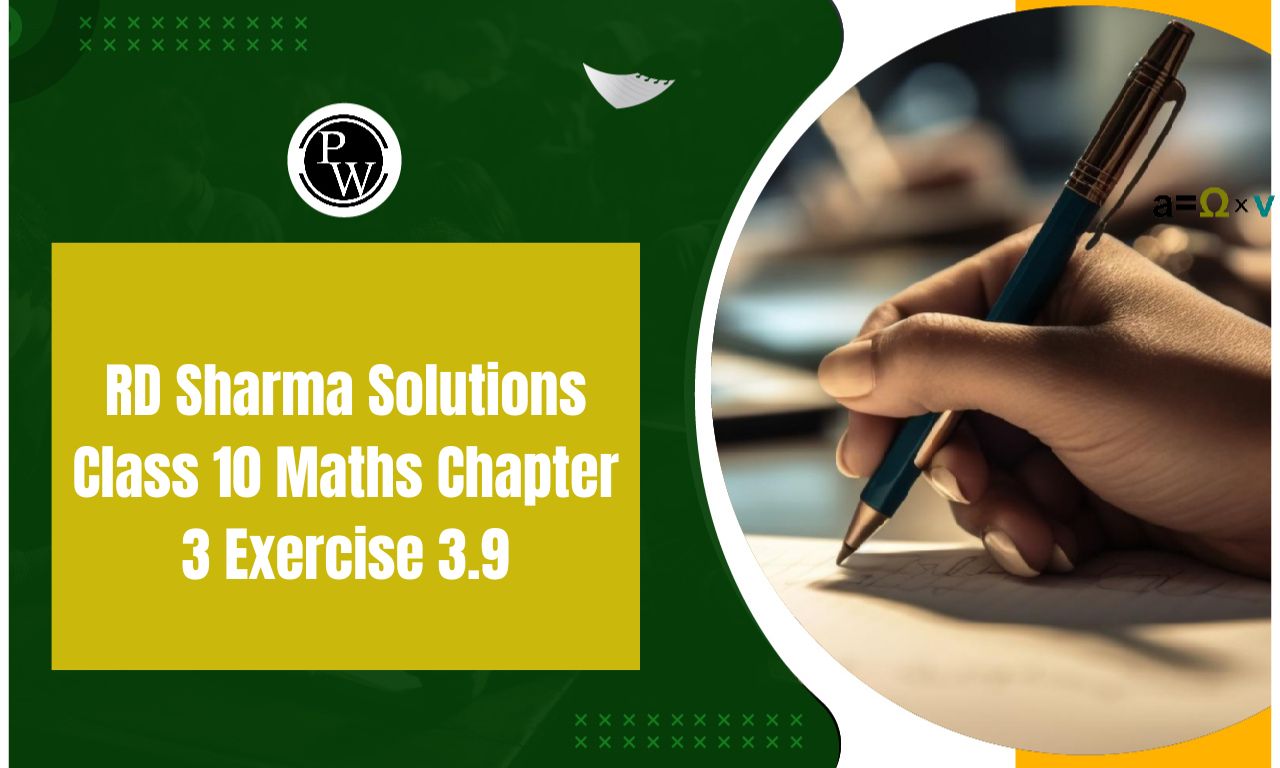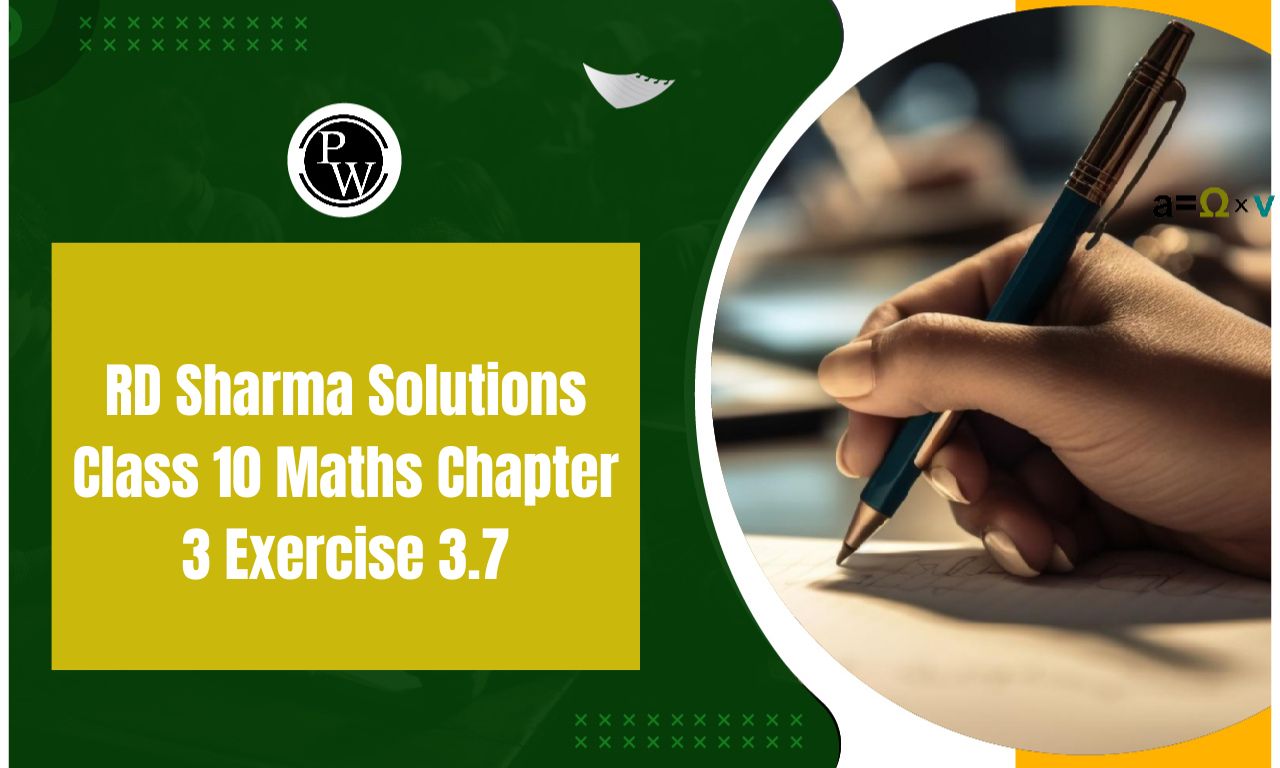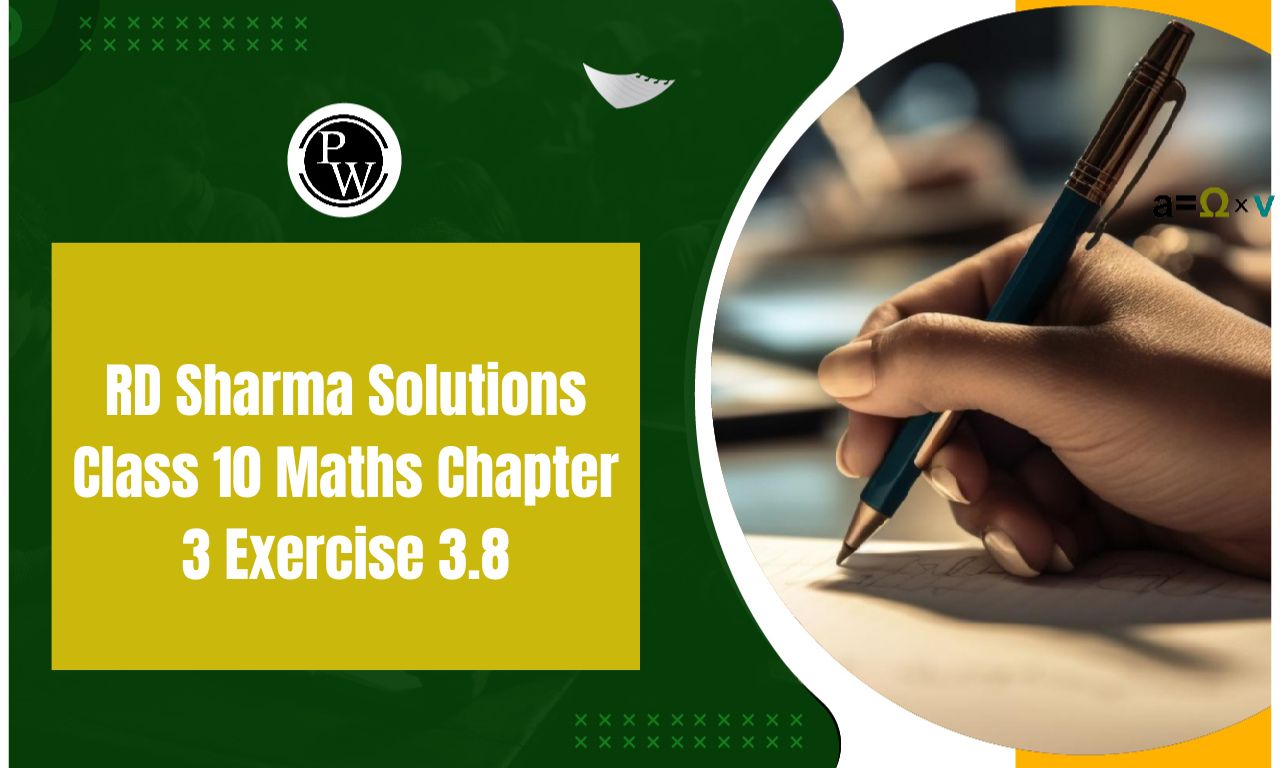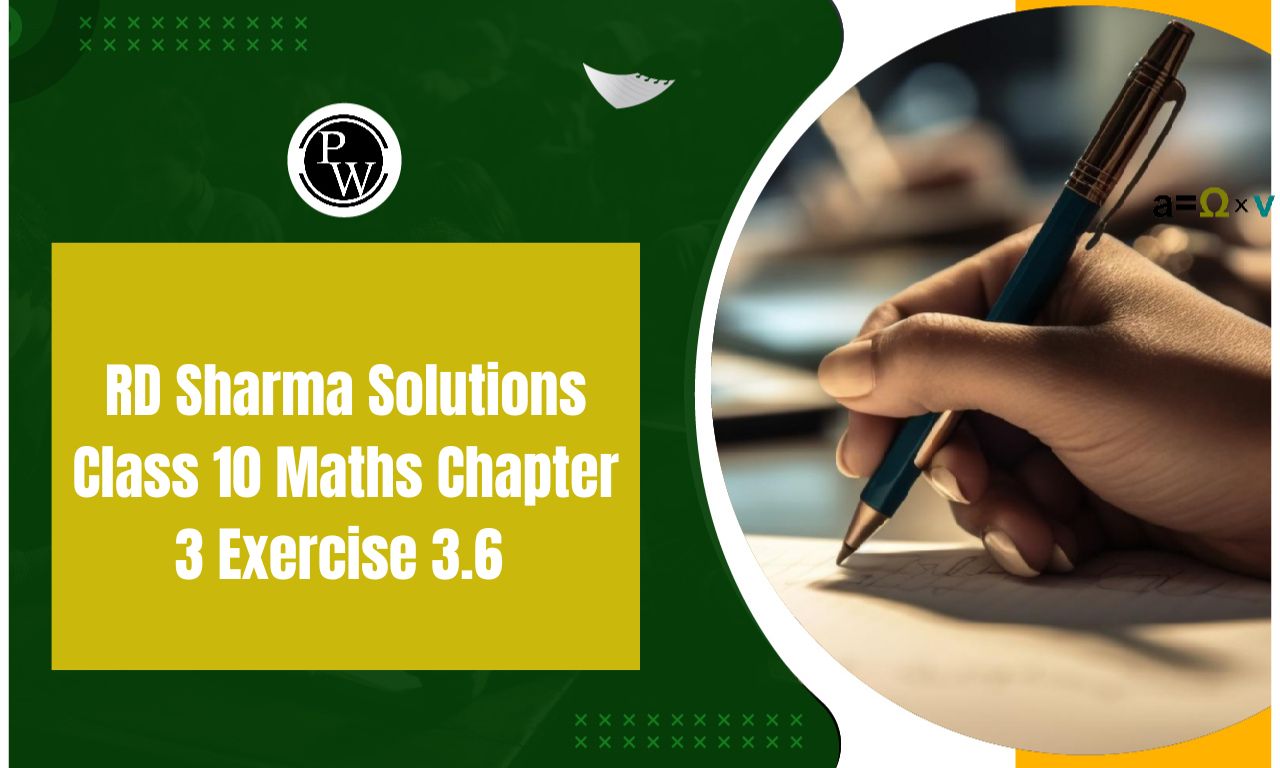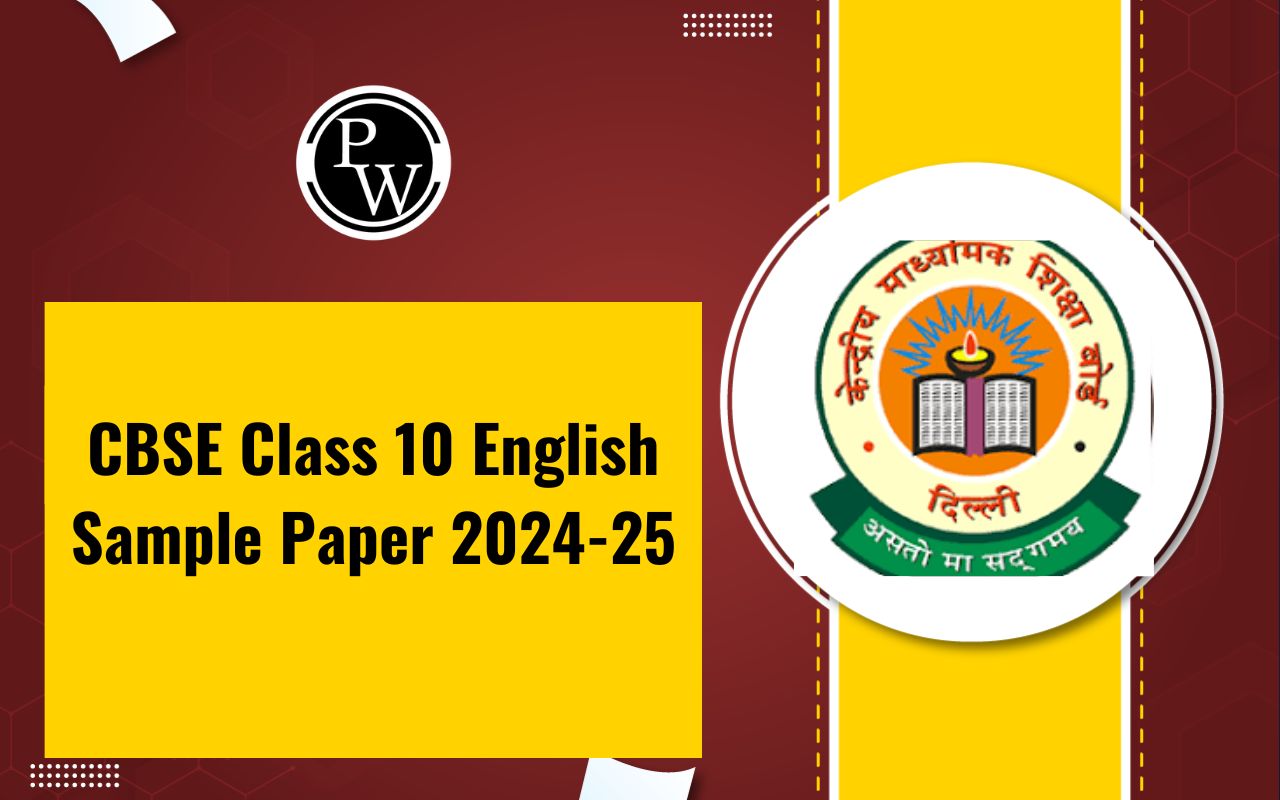
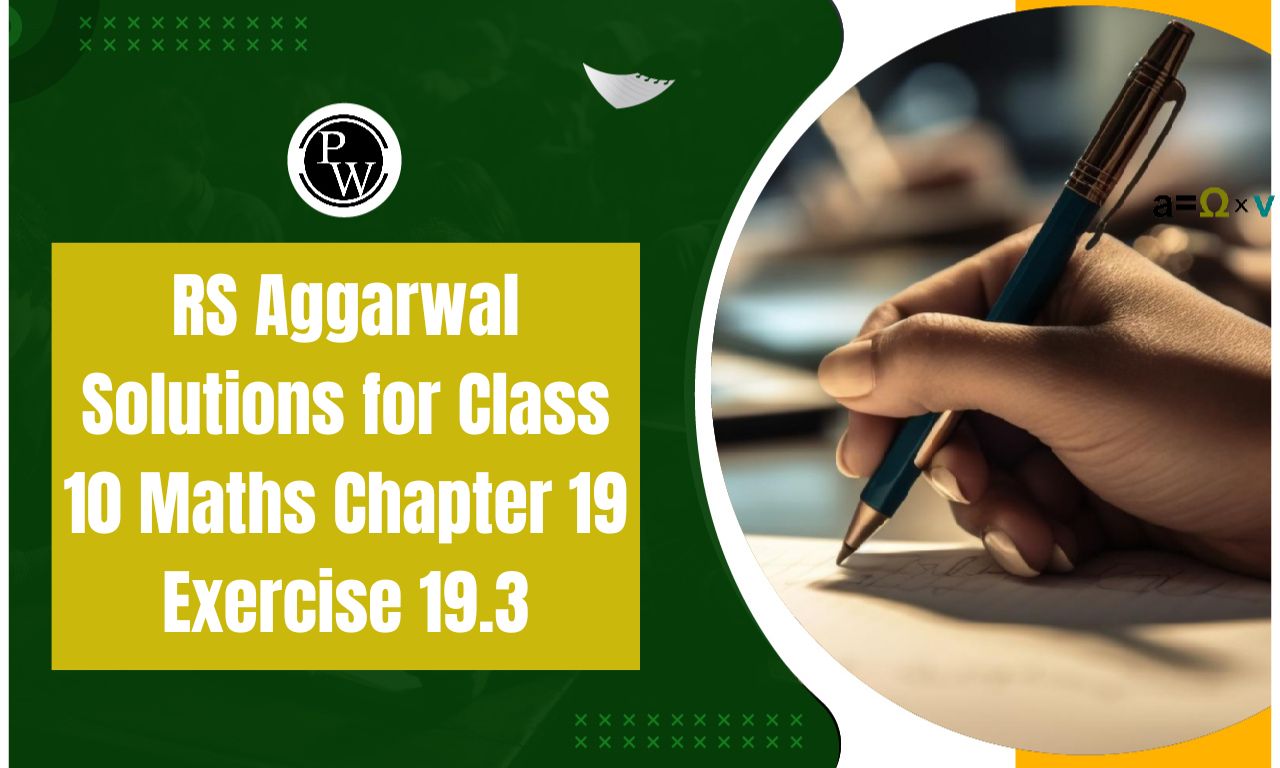
RS Aggarwal Solutions for Class 10 Maths Chapter 19 Exercise 19.3: The Entrancei academic team has produced a comprehensive answer for Chapter 19: Volume and Surface Area of Solids in the RS Aggarwal textbook for Class 10. Complete the NCERT exercise questions and utilize them as a guide. Solutions for Entrance NCERT Class 10 Maths problems in the exercise require assistance to be completed. For maths in class 10, Entrance published NCERT answers.
The RS Aggarwal class 10 solution for Chapter 19 Volume and Surface Area of Solids Exercise-19C is uploaded for reference only; do not copy the solutions. Before going through the solution of Chapter 19 Volume and Surface Area of Solids Exercise-19C, one must have a clear understanding of the chapter-19 Volume and Surface Area of Solids. Read the theory of chapter-19 Volume and Surface Area of Solids and then try to solve all numerical of exercise-19C.RS Aggarwal Solutions for Class 10 Maths Chapter 19 Exercise 19.3 Overview
Chapter 19, Exercise 19.3 of RS Aggarwal's Class 10 Maths delves into the fundamental concepts of volume and surface areas of solids. This chapter aims to equip students with the necessary skills to calculate these properties for different geometric shapes such as cubes, cuboids, cylinders, cones, and spheres.
The exercises in this chapter are structured to provide step-by-step guidance on applying specific formulas for each type of solid.
RS Aggarwal Solutions for Class 10 Maths Chapter 19 Exercise 19.3 PDF
RS Aggarwal Solutions for Class 10 Maths Chapter 19 Exercise 19.3
Below we have provided RS Aggarwal Solutions for Class 10 Maths Chapter 19 Exercise 19.3 for the ease of the students –The radii of the circular ends of a solid frustum of a cone are 18 cm and 12 cm and its height is 8 cm. Find its total surface area. [ U s e π = 3.14. ]
A metallic bucket, open at the top, of height 24 cm is in the form of the frustum of a cone, the radii of whose lower and upper circular ends are 7 cm and 14 cm respectively. Find
(i) the volume of water which can completely fill the bucket;
(ii) the area of the metal sheet used to make the bucket.
A container, open at the top, is in the form of a frustum of a cone of height 24 cm with radii of its lower and upper circular ends as 8 cm and 20 cm respectively. Find the cost of milk which can completely fill the container at the rate of Rs 21 per litre.
A container made of a metal sheet open at the top is of the form of frustum of cone, whose height is 16 cm and the radii of its lower and upper circular edges are 8 cm and 20 cm respectively. Find
(i) the cost of metal sheet used to make the container if it costs Rs 10 per 100 c m 2
(ii) the cost of milk at the rate of Rs 35 per litre which can fill it completely.
 Radius (
r
1
) of upper end of container = 20 cm
Radius (
r
2
) of lower end of container = 8 cm
Height (h) of container = 16 cm
Slant height (l) of frustum,
l
=
√
(
r
1
−
r
2
)
2
+
h
2
=
√
(
20
−
8
)
2
+
16
2
=
√
12
2
+
16
2
=
√
144
+
256
=
√
400
=
20
c
m
Capacity of container = Volume of frustum
=
1
3
π
h
(
r
2
1
+
r
2
2
+
r
1
r
2
)
=
1
3
×
3.14
×
16
×
(
20
2
+
8
2
+
20
×
8
)
=
1
3
×
3.14
×
16
×
(
400
+
64
+
160
)
=
1
3
×
3.14
×
16
×
624
=
10449.92
c
m
3
=
10.45
l
i
t
r
e
s
(ii) Cost of 1 litre milk = Rs 35
Cost of 10.45 litre milk = 10.45
×
35
= Rs 365.75
(i) Area of metal sheet used to make the container
=
π
(
r
1
+
r
2
)
l
+
π
r
2
2
=
π
(
20
+
8
)
l
+
π
8
2
=
560
π
+
64
π
=
624
π
c
m
2
Cost of 100
c
m
2
metal sheet = Rs 10
cost of
624
π
c
m
2
metal sheet =
624
×
3.14
×
10
100
=
195.94
Therefore, the cost of the milk which can completely fill the container is
Rs 365.75 and the cost of metal sheet used to make the container is Rs 195.94.
Radius (
r
1
) of upper end of container = 20 cm
Radius (
r
2
) of lower end of container = 8 cm
Height (h) of container = 16 cm
Slant height (l) of frustum,
l
=
√
(
r
1
−
r
2
)
2
+
h
2
=
√
(
20
−
8
)
2
+
16
2
=
√
12
2
+
16
2
=
√
144
+
256
=
√
400
=
20
c
m
Capacity of container = Volume of frustum
=
1
3
π
h
(
r
2
1
+
r
2
2
+
r
1
r
2
)
=
1
3
×
3.14
×
16
×
(
20
2
+
8
2
+
20
×
8
)
=
1
3
×
3.14
×
16
×
(
400
+
64
+
160
)
=
1
3
×
3.14
×
16
×
624
=
10449.92
c
m
3
=
10.45
l
i
t
r
e
s
(ii) Cost of 1 litre milk = Rs 35
Cost of 10.45 litre milk = 10.45
×
35
= Rs 365.75
(i) Area of metal sheet used to make the container
=
π
(
r
1
+
r
2
)
l
+
π
r
2
2
=
π
(
20
+
8
)
l
+
π
8
2
=
560
π
+
64
π
=
624
π
c
m
2
Cost of 100
c
m
2
metal sheet = Rs 10
cost of
624
π
c
m
2
metal sheet =
624
×
3.14
×
10
100
=
195.94
Therefore, the cost of the milk which can completely fill the container is
Rs 365.75 and the cost of metal sheet used to make the container is Rs 195.94.
The radii of the circular ends of a solid frustum of a cone are 33 cm and 27 cm, and its slant height is 10 cm. Find its capacity and total surface area. [ T a k e π = 22 / 7. ]
A buket is in the form of a frustum of a cone. Its depth is 15 cm and the diameters of the top and the bottom are 56 cm and 42 cm respectively. Find how many litres of waer the bucket can hold. [ T a k e π = 22 / 7. ]
A bucket made up of a metal sheet is in the form of a frustum of a cone of height 16 cm with radii of its lower and upper ends as 8 cm and 20 cm respectively. Find the cost of the bucket if the cost of metal sheet used is Rs 15 per 100 c m 2 . [ U s e π = 3.14. ]
A bucket made up of a metal sheet is in the form of frustum of a cone. Its depth is 24 cm and the diameters of the top and bottom are 30 cm and 10 cm respectively. Find the cost of milk which can completely fill the bucket at the rate of Rs 20 per litre and the cost of metal sheet used if it costs Rs 10 per 100 c m 2 [ U s e π = 3.14. ]
The volume of a wall, 5 times as high as it is broad and 8 times as long as it is high, is 12.8 m 3 . The breadth of the wall is
(a) 30 cm (b) 40 cm (c) 22.5 cm (d) 25 cm
The area of the base of a rectangular tank is 6500 c m 2 and the volume of water contained in it is 2.6 m 3 . The depth of water in the tank is
(a) 3.5 m (b) 4 m (c) 5 m (d) 8 m
Given l x b = 6500 c m 2 = 0.65 c m 2
l x b x h = 2.6 m 3
0.65 x h = 2.6 h =h = 4m
How many bricks each measuring ( 25 c m × 11.25 c m × 6 c m ) will be required to construct a wall ( 8 m × 6 m × 22.5 c m ) ?
(a) 8000 (b) 6400 (c) 4800 (d) 7200
Question.
A cylindrical bucket, 32 cm high and with a radius of a base of 18 cm, is filled with sand. This bucket is emptied on the ground, and a conical heap of sand is formed. If the height of the conical heap is 24 cm, find the radius and slant height of the heap.
Solution:
The diagram will be as- Given,
Height (h
1
) of cylindrical part of the bucket = 32 cm
Radius (r
1
) of circular end of the bucket = 18 cm
Height of the conical heap ((h
2
) = 24 cm
Now, let “r
2
” be the radius of the circular end of the conical heap.
We know that volume of the sand in the cylindrical bucket will be equal to the volume of sand in the conical heap.
∴ The volume of sand in the cylindrical bucket = Volume of sand in the conical heap
π×r
1
2
×h
1
= (⅓)×π×r
2
2
×h
2
π×18
2
×32 = (⅓)×π ×r
2
2
×24
Or, r
2
= 36 cm
And,
Slant height (l) = √(36
2
+24
2
) = 12√13 cm.
Given,
Height (h
1
) of cylindrical part of the bucket = 32 cm
Radius (r
1
) of circular end of the bucket = 18 cm
Height of the conical heap ((h
2
) = 24 cm
Now, let “r
2
” be the radius of the circular end of the conical heap.
We know that volume of the sand in the cylindrical bucket will be equal to the volume of sand in the conical heap.
∴ The volume of sand in the cylindrical bucket = Volume of sand in the conical heap
π×r
1
2
×h
1
= (⅓)×π×r
2
2
×h
2
π×18
2
×32 = (⅓)×π ×r
2
2
×24
Or, r
2
= 36 cm
And,
Slant height (l) = √(36
2
+24
2
) = 12√13 cm.
Question.
Water in a canal, 6 m wide and 1.5 m deep, flows at a speed of 10 km/h. How much area will it irrigate in 30 minutes if 8 cm of standing water is needed?
Solution:
It is given that the canal is the shape of a cuboid with dimensions as: Breadth (b) = 6 m and Height (h) = 1.5 m It is also given that The speed of canal = 10 km/hr Length of canal covered in 1 hour = 10 km Length of canal covered in 60 minutes = 10 km Length of canal covered in 1 min = (1/60)x10 km Length of canal covered in 30 min (l) = (30/60)x10 = 5km = 5000 m We know that the canal is cuboidal in shape. So, The volume of the canal = lxbxh = 5000x6x1.5 m 3 = 45000 m 3 Now, The volume of water in the canal = Volume of area irrigated = Area irrigated x Height So, Area irrigated = 56.25 hectares ∴ The volume of the canal = lxbxh 45000 = Area irrigatedx8 cm 45000 = Area irrigated x (8/100)m Or, Area irrigated = 562500 m 2 = 56.25 hectares.Question.
A metallic right circular cone 20 cm high and whose vertical angle is 60° is cut into two parts at the middle of its height by a plane parallel to its base. If the frustum so obtained is drawn into a wire of diameter 1/16 cm, find the length of the wire.
Solution:
The diagram will be as follows Consider AEG
Consider AEG
 Radius (r
1
) of upper end of frustum = (10√3)/3 cm
Radius (r
2
) of lower end of container = (20√3)/3 cm
Height (r
3
) of container = 10 cm
Now,
Volume of the frustum = (⅓)×π×h(r
1
2
+r
2
2
+r
1
r
2
)
Radius (r
1
) of upper end of frustum = (10√3)/3 cm
Radius (r
2
) of lower end of container = (20√3)/3 cm
Height (r
3
) of container = 10 cm
Now,
Volume of the frustum = (⅓)×π×h(r
1
2
+r
2
2
+r
1
r
2
)
 Solving this, we get
Volume of the frustum = 22000/9 cm
3
The radius (r) of wire = (1/16)×(½) = 1/32 cm
Now,
Let the length of the wire be “l”.
The volume of wire = Area of cross-section x Length
= (πr
2
)xl
= π(1/32)
2
x l
Now, Volume of frustum = Volume of wire
22000/9 = (22/7)x(1/32)
2
x l
Solving this, we get,
l = 7964.44 m
Solving this, we get
Volume of the frustum = 22000/9 cm
3
The radius (r) of wire = (1/16)×(½) = 1/32 cm
Now,
Let the length of the wire be “l”.
The volume of wire = Area of cross-section x Length
= (πr
2
)xl
= π(1/32)
2
x l
Now, Volume of frustum = Volume of wire
22000/9 = (22/7)x(1/32)
2
x l
Solving this, we get,
l = 7964.44 m
A fez, the cap used by the Turks, is shaped like the frustum of a cone. If its radius on the open side is 10 cm, radius at the upper base is 4 cm and its slant height is 15 cm, find the area of material used for making it. [ U s e π = 22 / 7. ]
 Radius
(
r
2
)
at upper circular end = 4 cm
Radius
(
r
1
)
at lower circular end = 10 cm
Slant height (l) of frustum = 15 cm
Area of material used for making the fez = CSA of frustum + Area of upper circular end
=
π
(
r
1
+
r
2
)
l
+
π
r
2
2
=
π
(
10
+
4
)
×
15
+
π
(
4
)
2
=
π
(
14
)
×
15
+
16
π
=
210
π
+
16
π
=
226
π
=
226
×
22
7
=
710
2
7
c
m
2
Therefore, the area of material used for making it is
710
2
7
c
m
2
Radius
(
r
2
)
at upper circular end = 4 cm
Radius
(
r
1
)
at lower circular end = 10 cm
Slant height (l) of frustum = 15 cm
Area of material used for making the fez = CSA of frustum + Area of upper circular end
=
π
(
r
1
+
r
2
)
l
+
π
r
2
2
=
π
(
10
+
4
)
×
15
+
π
(
4
)
2
=
π
(
14
)
×
15
+
16
π
=
210
π
+
16
π
=
226
π
=
226
×
22
7
=
710
2
7
c
m
2
Therefore, the area of material used for making it is
710
2
7
c
m
2
Structured Learning : The solutions provide a structured approach to learning about volumes and surface areas of different solids. Each type of solid (cube, cuboid, cylinder, cone, sphere) is covered with clear explanations and step-by-step solutions.
Clarity of Concepts : The solutions help clarify fundamental concepts such as how to calculate volume and surface area using specific formulas for each solid. This clarity aids in understanding the underlying principles of geometry.
Comprehensive Coverage : The exercises cover a range of problems from basic to advanced levels, ensuring that students develop a thorough understanding of the topic. This variety helps in reinforcing concepts and building problem-solving skills.
Practice Opportunities : Through numerous examples and exercises, students get ample practice applying formulas and solving problems related to volumes and surface areas of solids. This practice is crucial for improving proficiency and confidence in the subject.
Preparation for Exams : The exercises are designed to align with typical exam formats, preparing students effectively for their Class 10 Mathematics exams. They familiarize students with the types of questions they might encounter and equip them with the necessary skills to tackle them.
RS Aggarwal Solutions for Class 10 Maths Chapter 19 Exercise 19.3 FAQs
What are the three types of surface areas?
What is total surface area used for?
How to determine the surface area?
Is surface area TSA or CSA?




